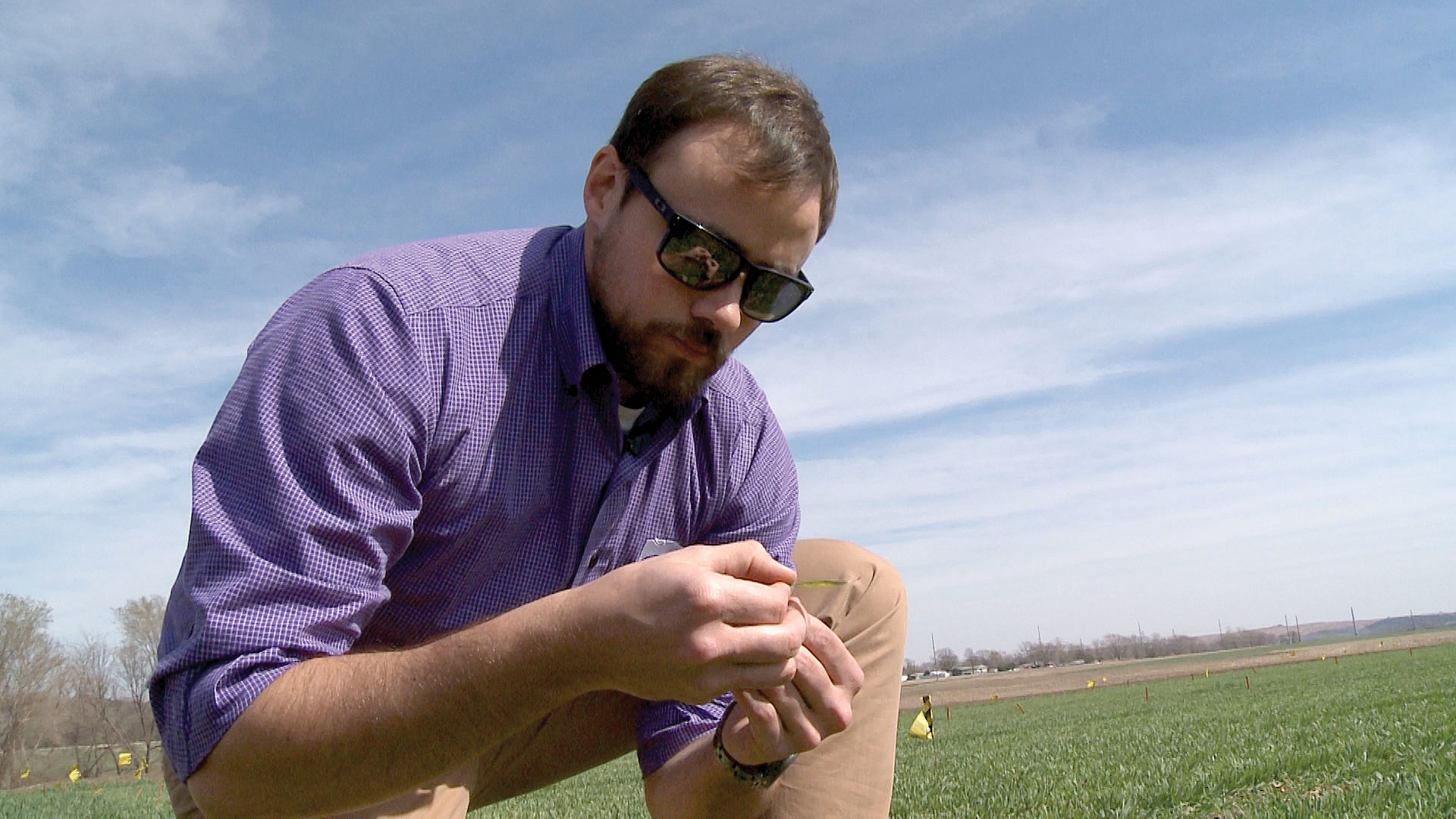Romulo Lollato is not the average observer when he drives past a Kansas wheat field. Where most see waving heads of wheat, Lollato, an assistant professor of agronomy may see a crop that needs more moisture or has been over-fertilized.
He is leading an effort to determine just how sustainable typical wheat production practices in Kansas are, with an eye toward identifying ways that could be modified to enhance sustainability. Part of the effort, which started in 2017, is testing the usefulness of a tool called the Field-to-Market FieldPrint Calculator.
Lollato and his team used it to analyze previously collected data. In addition, 10 farmers are providing information about their current management practices on about 60 wheat fields. The researchers are quantifying sustainability on those practices.
The FieldPrint Calculator tool is responsive to some of the tests, Lollato said, especially in exhibiting the impacts of nitrogen fertilizer rates and pesticide applications, but the team has identified room for improvement.
“The first year of the project was very broad in nature, mostly to understand the tool we were working with and to quantify the sustainability of a few typical wheat fields in Kansas,” he said.
Final results of the current project, which was funded by the American Bakers Association, will be available later this year.
Lollato hopes to secure funding for a project in which the team would work with producers to modify particular practices and compare to their usual management in terms of sustainability.




